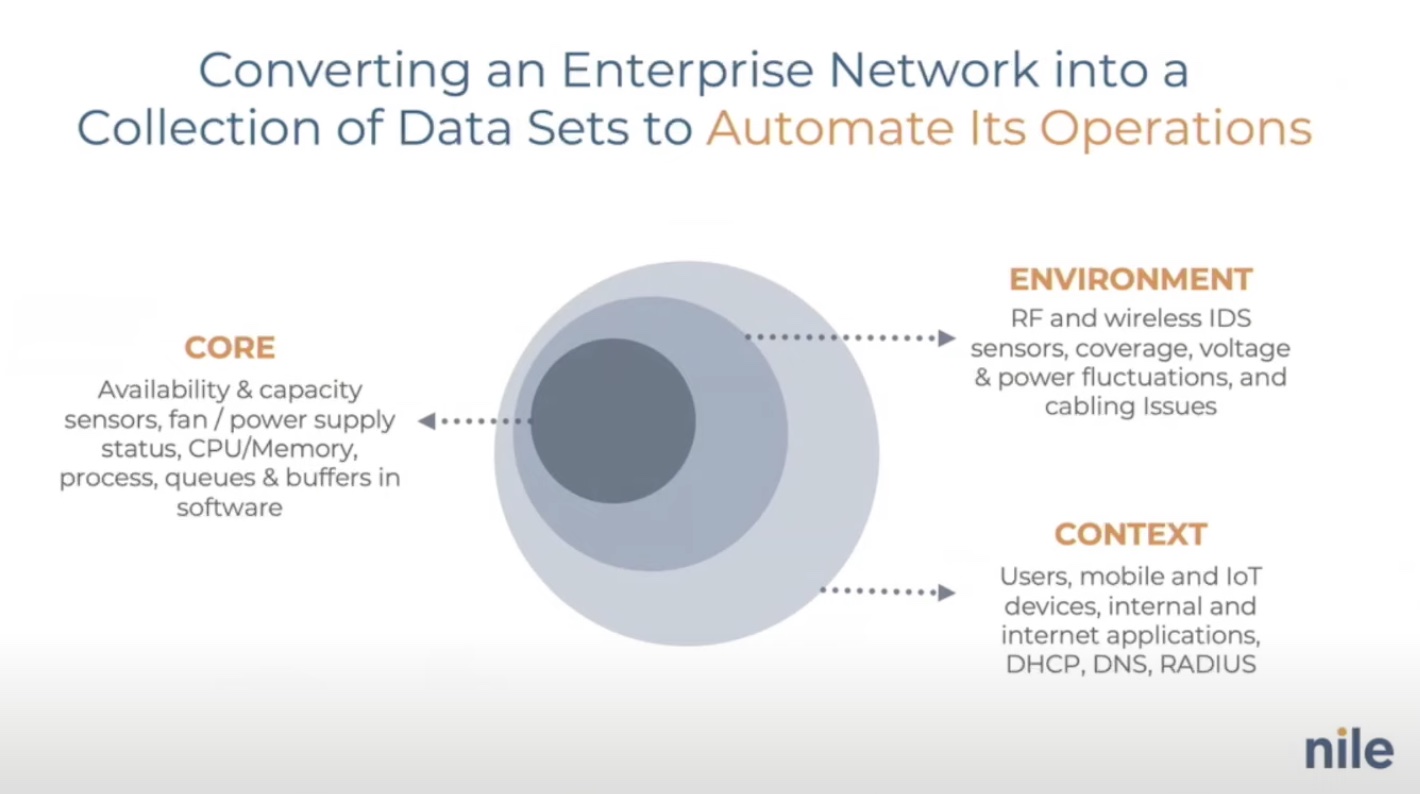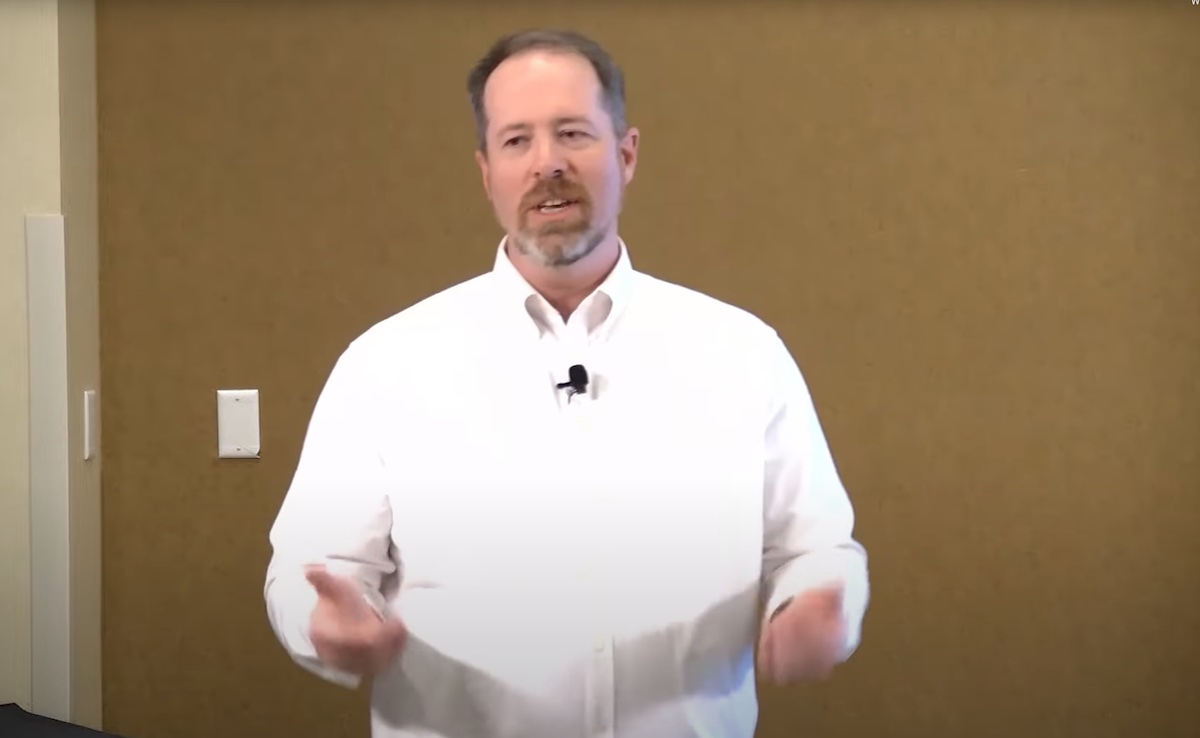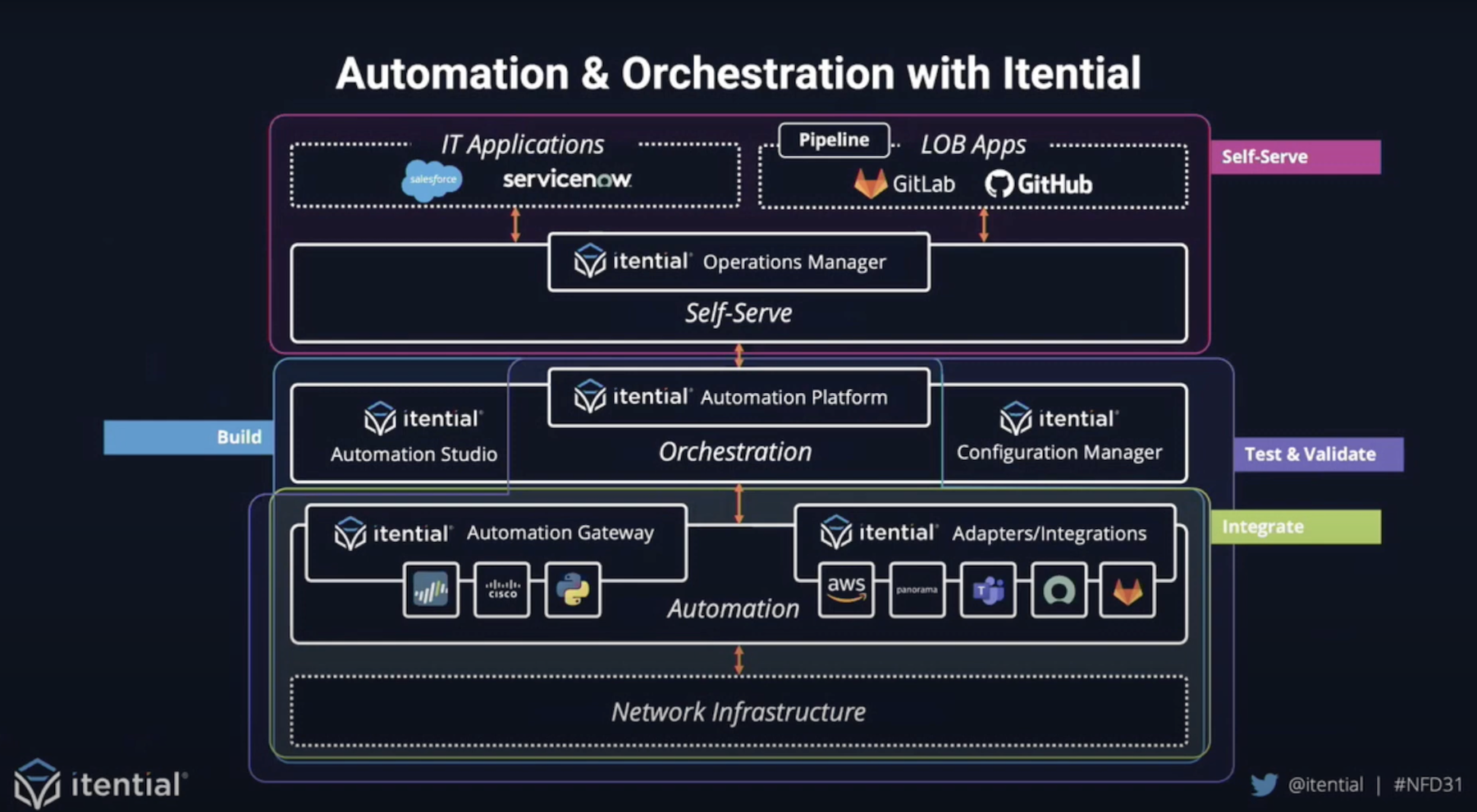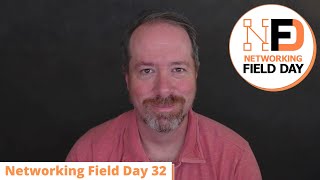For years it has been the article of faith in IT that things done manually are indefectible. That belief inspired an era of doing networking things by hand – configuration, onboarding, troubleshooting – the whole nine yards.
But in the recent years, a prodigious amount of errors have surfaced in manual work calling into question the reliability of usual methods. Researchers have found that over 60% of the network failures seen in the past two years resulted from human errors.
Chasing the Clouds
When Suresh Katukam, co-founder and Chief Product Officer of Nile thought about this, it didn’t take him long to realize that organizations need a different way of doing things. But in his mind, a second thought was already forming – “How can you build an architecture that guarantees the performance and resiliency of cloud?”
Katukam and his partner at Nile, Pankaj Patel, turned to none other than the hyperscalers – the likes of AWS and Google – the very inventers of the cloud operating model, for inspiration. “There’s a lot to learn from cloud companies, from how they monitor and manage their networks” said Katukam at the recent Networking field Day event.
The top cloud vendors run the world’s largest and most complex networks, but yet, their network teams are small or medium at most, never large. Katukam knew this can only mean one thing – there’s a lot of automation happening under the surface.
Automation has ignited a new surge of innovation by abstracting away a staggering amount of technical complexity. A prolific number of automation tools and technologies have exploded into the tech scene in the past year or so changing the whole anatomy of work.
But as sound as their methods are, there are still dependencies that cause frequent disruptions in cloud services. AWS, Azure and GCP all have had outages in the past. There is growing anxiety that these heavyweight companies running really complex networks, are still dependent, at the most basic level, on third-party vendors that are generally less reliable, and whose service quality are in many cases, unpredictable.
Data shows that several of these outages have had a common origin – configuration error. There is a prevailing lack of control that plays a big role in this. “These companies still depend on third party for hardware and software, and as a result, they don’t have control over those components,” said Katukam.
The message rings loud and clear. Global cloud platforms need to have end-to-end control of their stack. This would guarantee uninterrupted performance and availability, on top of things like on-demand scaling, cross-region availability and built-in security.
The founders of Nile put all these principles to work when building the Nile Service Block (NSB), and in doing so, they perfected the blueprint. The architecture NSB is based on consists of all the pieces – hardware, software, AIOps, data, visibility and performance guarantees – that make up the stack. This architecture, they believe is “the future of enterprise networking.”
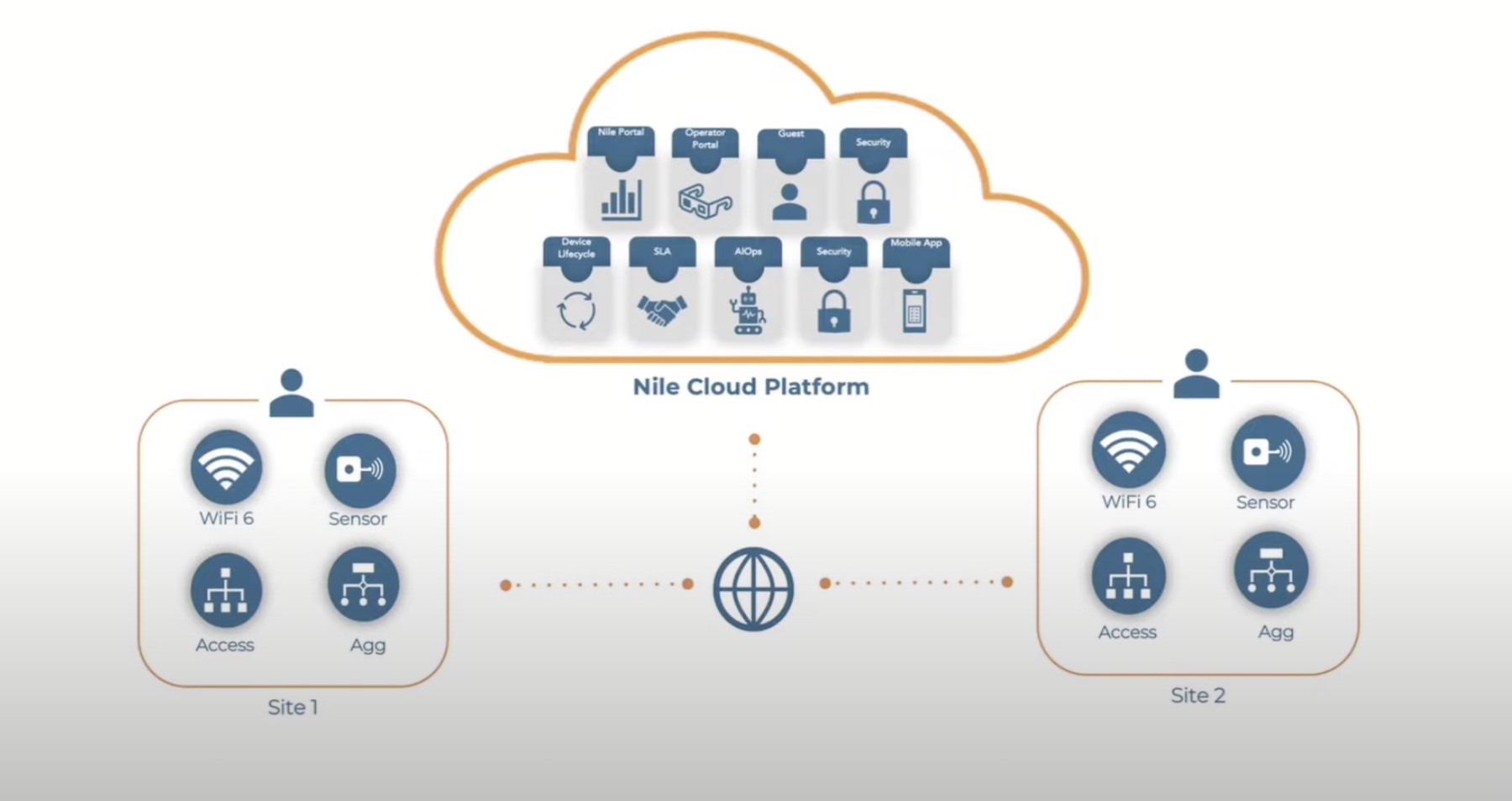
Automation All the Way
The Nile Service Block consists of access switches, distribution switches and sometimes core switches, as well as physical wireless sensors and virtual sensors embedded in access points and network devices for end-to-end visibility and control.
It’s fully automated from get-go. Here’s how it works. Customers start by sharing site details – floor plan, square footage, headcount, and so on. Taking this data in, the software service automatically generates a network architecture, and maps out the topology and connections. These include the important elements like switches and equipment, but also smaller things like mounting brackets, transceivers, fiber layout and patch cords. Chief Architect, Promode Nedungadi, emphasized that the automation is integral to NSB’s delivery as service in a scalable cloud model.
For the software architecture, there are some core principles that Nile espoused. This starts with an integrated wired and wireless solution. “If you may step back into history, in the last 10-15 years, wireless has been developed in a silo. Then as it gets folded into a bigger company, just effectively bolted on to the existing switching technology, the unified wired-wireless has been chimerical. It is a promise never delivered” noted Promode Nedungadi, Chief Architect.
The Nile Service Block has an integrated headend that takes care of policy enforcement authentication and visibility metrics providing that unified solution.
Nile uses zero-configuration hardware that are deployed directly to the customer sites, no need to spend hours on writing configuration code, a process both complex and prone to mistakes.
Once deployed, Nile takes over the Day 2 operations. A fleet of sensors and tools monitor the hardware and software components 24/7, sending feedbacks about their state and network health. Keeping a close eye on the network assets enables NSB to perform predictive and proactive maintenance ensuring high levels of performance and reliability.
A dynamic self-tuning function continually optimizes the network from inside, ensuring that everything is in top condition, resulting in fewer alerts.
The Nile Service Block is designed to be highly scalable. Starting at tens of users per site, it can go up to thousands. The block can be repeated to expand capacity.
NSB is an always-on service. Redundancy is built into the layers of the architecture from access to distribution and beyond.
It is worth noting that NSB continues to operate in absence of cloud connectivity. “The control and data plane are fully local and as a result, they continue to operate without any cloud intervention,” said Nedungadi.
Wrapping up
It takes a village to run a network. From get-go, the process is messy, and progress, slow. Relying on engineers to get a network up and running manually piece by piece is not only a poor strategy, but a recipe for disaster. Anything can go wrong, even when the best team in business is in charge.
By employing automation from scratch, Nile has shrunken the multi-month process of spinning up a new network to just a matter of a few clicks. With features like self-tuning and continuous site surveys running on top of it, NSB ensures that the network is always on and operating at its fullest capacity. Being a full stack solution makes performance predictable, and the engineering teams working behind the scenes do not have to deal with a numbing amount of technical complexity. In its attempt to pull out configuration errors by the root, Nile has designed the most complete solution one could have asked for.
For more information, be sure to check out Nile’s presentations from the recent Networking Field Day event. For more stories like this one, keep reading here at Gestalt IT.

